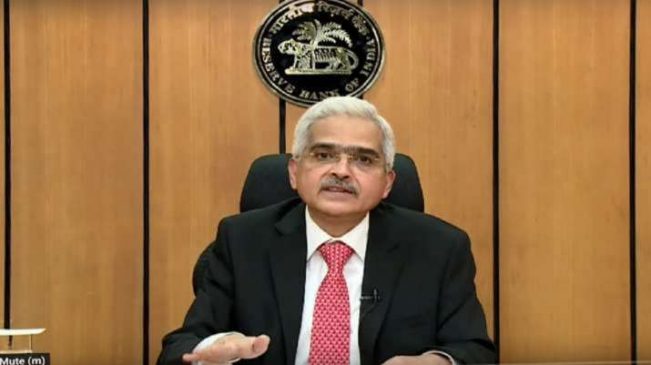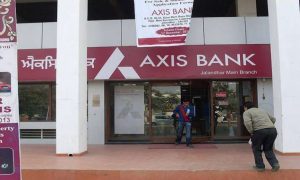The repo rate set by the RBI, the Reserve Bank of India, plays a significant role in determining home loan interest rates in India.
RBI Monetary Policy June 2024: The RBI MPC chose to keep the repo rate at 6.50% on June 7, 2024. Consequently, there will be no immediate effect on real estate or home loan EMIs. With the repo rate remaining unchanged, banks are unlikely to alter their lending rates soon, meaning your EMI will stay the same for now.
The repo rate set by the RBI, the Reserve Bank of India, plays a significant role in determining home loan interest rates in India.
Interest rate fluctuations impact real estate demand. Lower interest rates generally boost demand by making borrowing more affordable, which can drive up property prices. Conversely, higher interest rates may reduce demand and result in softer property prices.
Why No Change in EMI (For Now):
Experts thought that the RBI would maintain the status quo on interest rates as inflation remains a matter of concern, though the European Central Bank and Bank of Canada have started reducing their respective key rates.
According to a SBI research paper, the central bank needs to continue the current stance of withdrawal of accommodation.
Ashish Agarwal, Director, AU Real Estate, said, “Keeping the repo rate unchanged will ensure affordability for potential homebuyers, sustaining momentum in the housing market.”
“With consumer demand driving luxury housing, this move will support macroeconomic indicators and encourage new buyers to invest. As India’s economy grows, the real estate sector will play a significant role, making the current repo rate policy crucial in fuelling demand and contributing to the country’s growth,” Agarwal said.
‘Decision Supports Real Estate’
Manju Yagnik, vice chairperson of Nahar Group and SVP, NAREDCO Maharashtra, said, “This stability supports the real estate market, making housing more affordable and boosting consumer confidence. It enables informed investment decisions, promoting sector growth and contributing to India’s economic prosperity. With GDP growth projected at 7% in FY25 and inflation at 4.5%, the financial environment encourages long-term investments in housing.”
Pradeep Aggarwal, founder & chairman, Signature Global (India), said, “Economists predict that if inflation continues to decline, rate cuts of 25-50 basis points could be expected in the second half of the fiscal year. Such a reduction in interest rates could significantly boost the real estate sector, which is already benefiting from strong end-user demand. We anticipate this robust demand trend to remain healthy over the coming years, particularly in cities like Gurugram, which are experiencing substantial infrastructure development.”
S K Narvar, group chairman, Trident Realty, said, “This stability will enable homebuyers to make informed decisions, driving demand for luxury housing and contributing to the country’s economic growth. The current economic environment, characterised by a stable inflation rate and robust GDP growth, provides a favourable backdrop for the real estate sector. The RBI’s decision to maintain the status quo will ensure that the sector continues to benefit from these favourable conditions, driving growth and creating new opportunities for homebuyers and investors alike.”
Here’s how a change in repo rate impacts home loans:
Impact on Interest Rates:
Repo Rate Cut: When the RBI reduces the repo rate, borrowing money from the central bank becomes cheaper for commercial banks. This often leads banks to reduce the interest rates they charge on loans, including home loans. This can make homeownership more affordable for borrowers, as lower interest rates translate to lower EMIs (Equal Monthly Instalments).
Repo Rate Hike: Conversely, if the RBI increases the repo rate, borrowing costs for banks rise. To maintain profitability, banks typically raise their lending rates, including those on home loans. This can result in increased EMIs for existing borrowers with floating-rate loans and higher interest rates for new home loan applicants.
Impact on Existing Borrowers:
Floating Rate Loans: The impact of repo rate changes is felt immediately for borrowers with floating-rate home loans, which are the most common type in India. Their interest rates are directly linked to the repo rate, so a change in repo rate reflects in their EMIs.
Fixed Rate Loans: Borrowers with fixed-rate home loans are not immediately affected by repo rate changes. Their interest rate is locked in for a specific period (usually 1-5 years). However, once the fixed-rate term expires, their interest rate will be reset based on the prevailing repo rate at that time.
RBI and Inflation
One of the primary goals of the RBI’s monetary policy is to control inflation and keep it within a target range. Currently, inflation, particularly food inflation, remains above the RBI’s target of 4%. Lowering the repo rate could potentially add to inflationary pressures in the economy.
While a rate cut might stimulate economic growth, the RBI is prioritising controlling inflation at this point. They believe that maintaining the current rate helps manage inflation while still allowing for some economic growth.





































